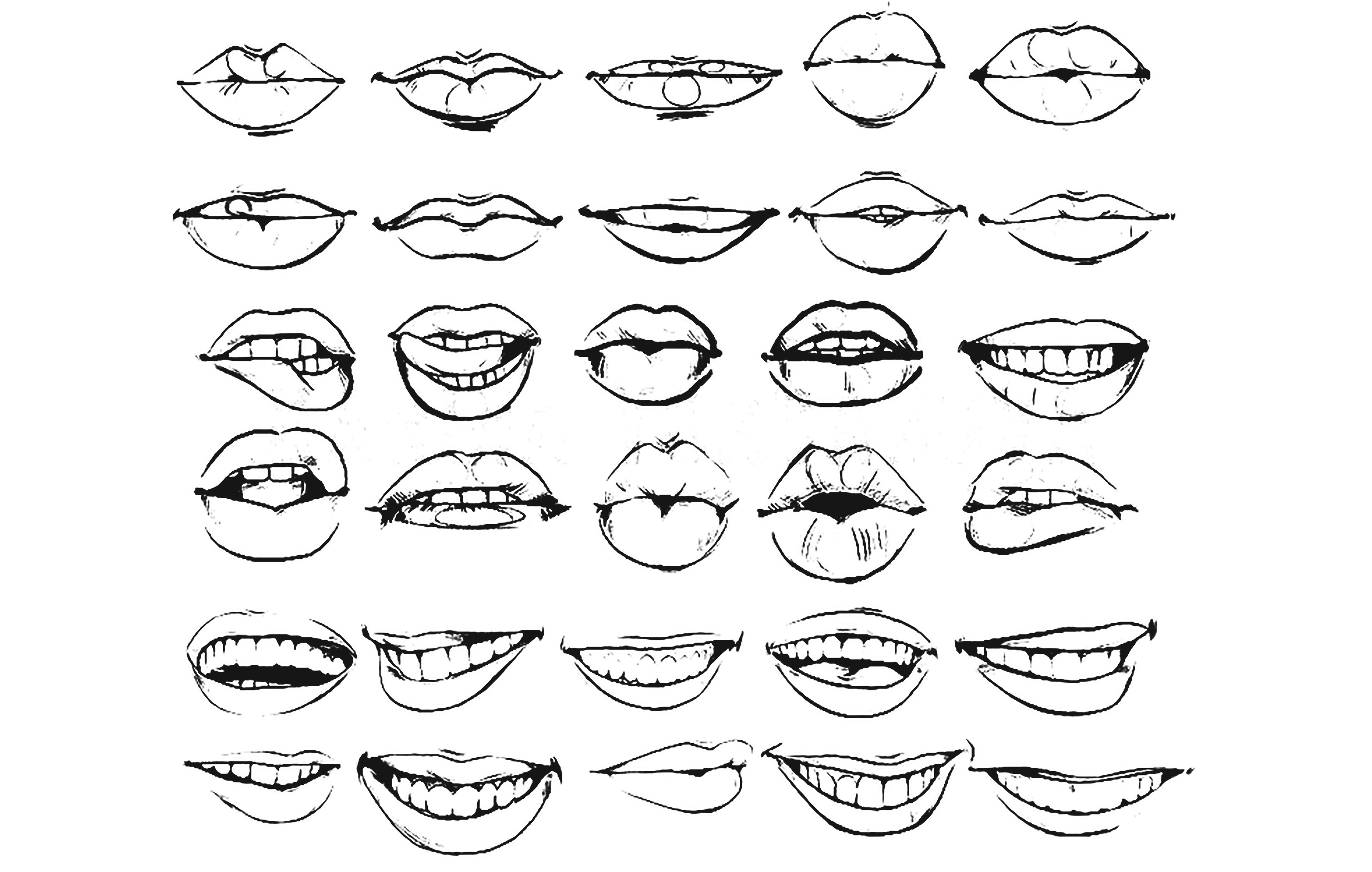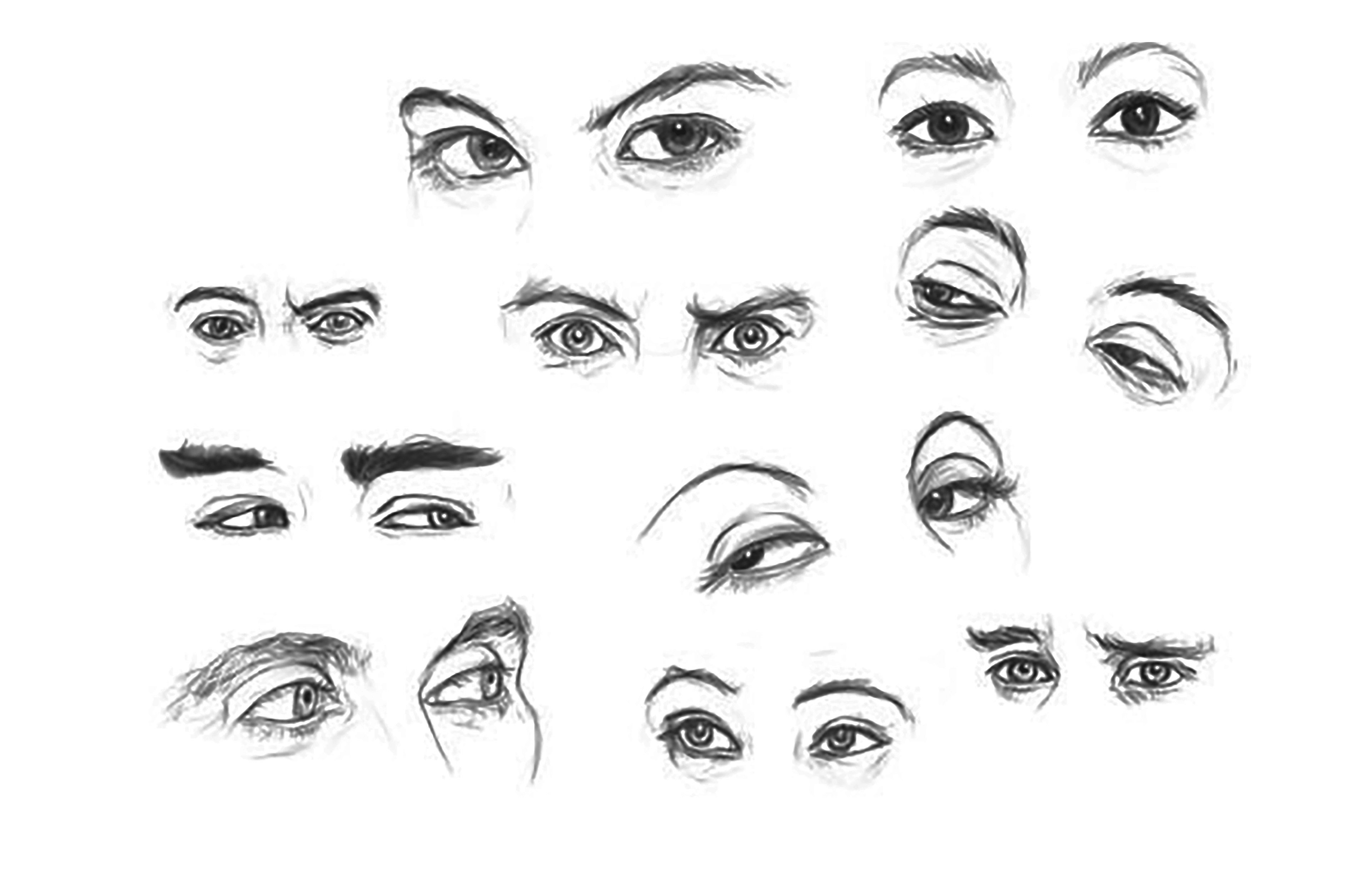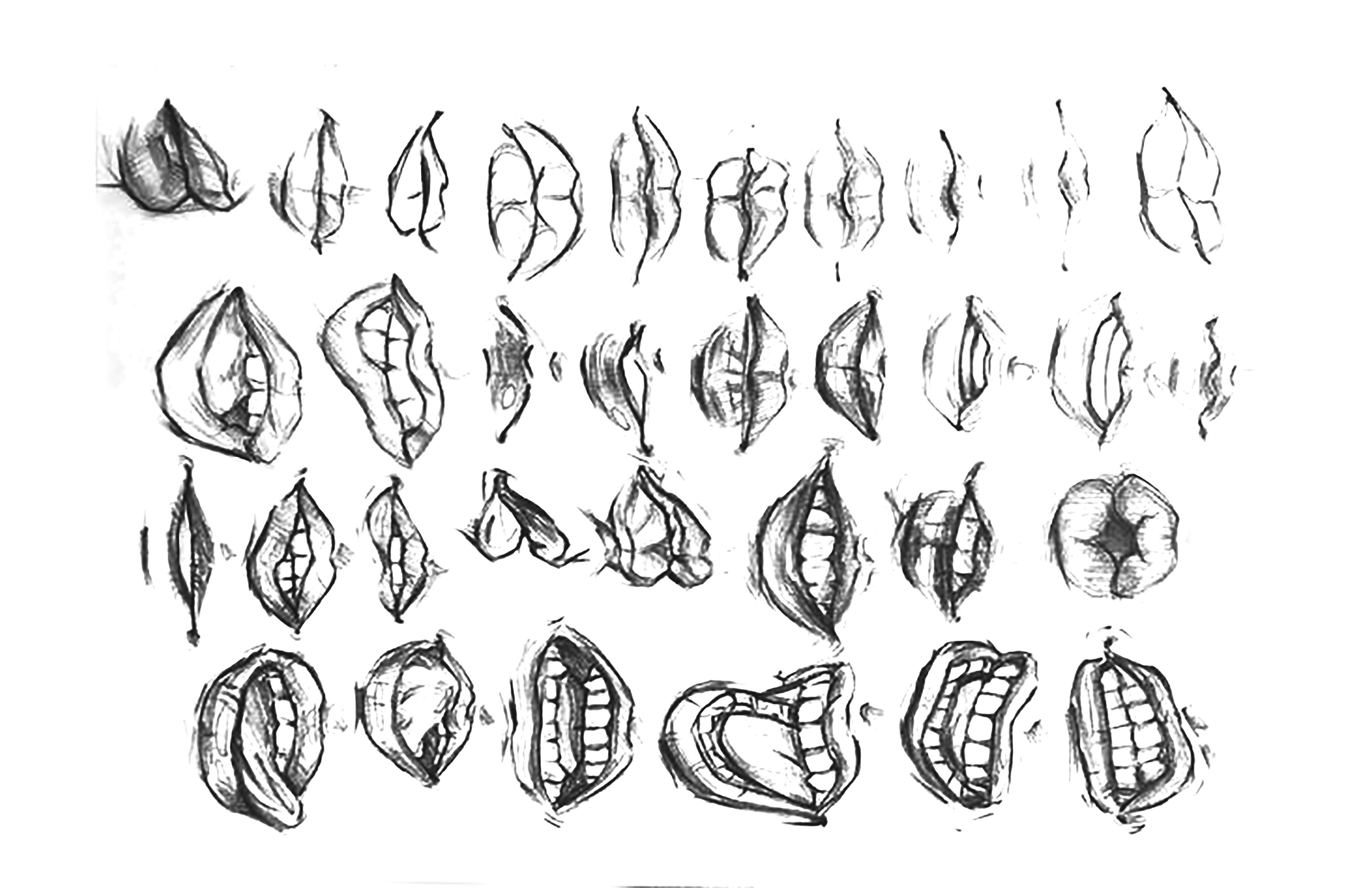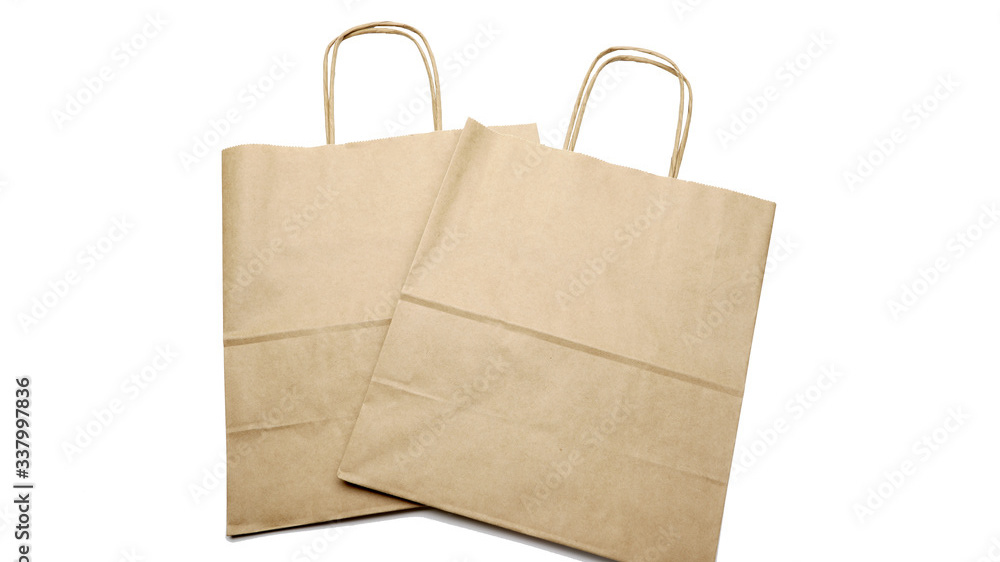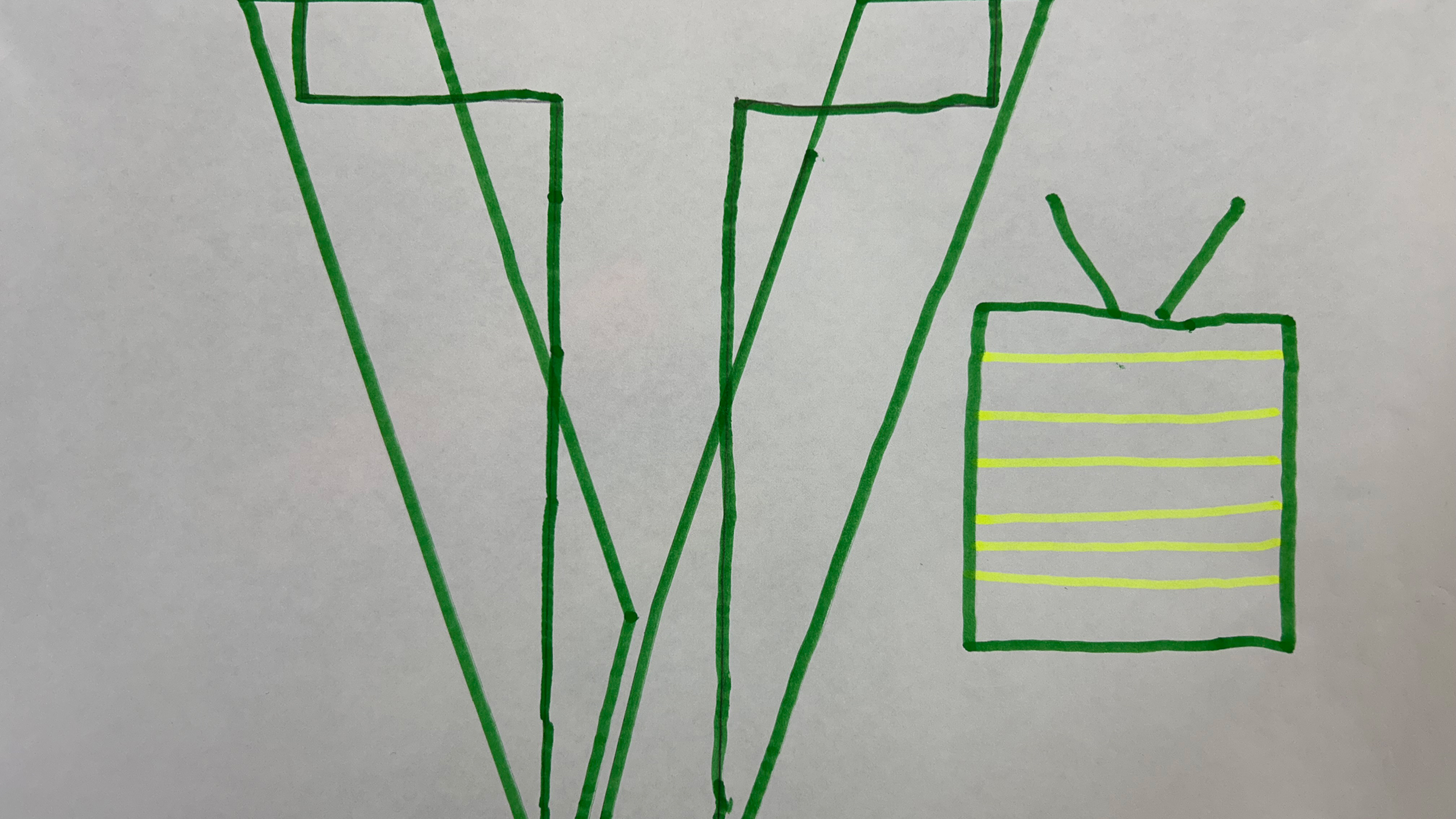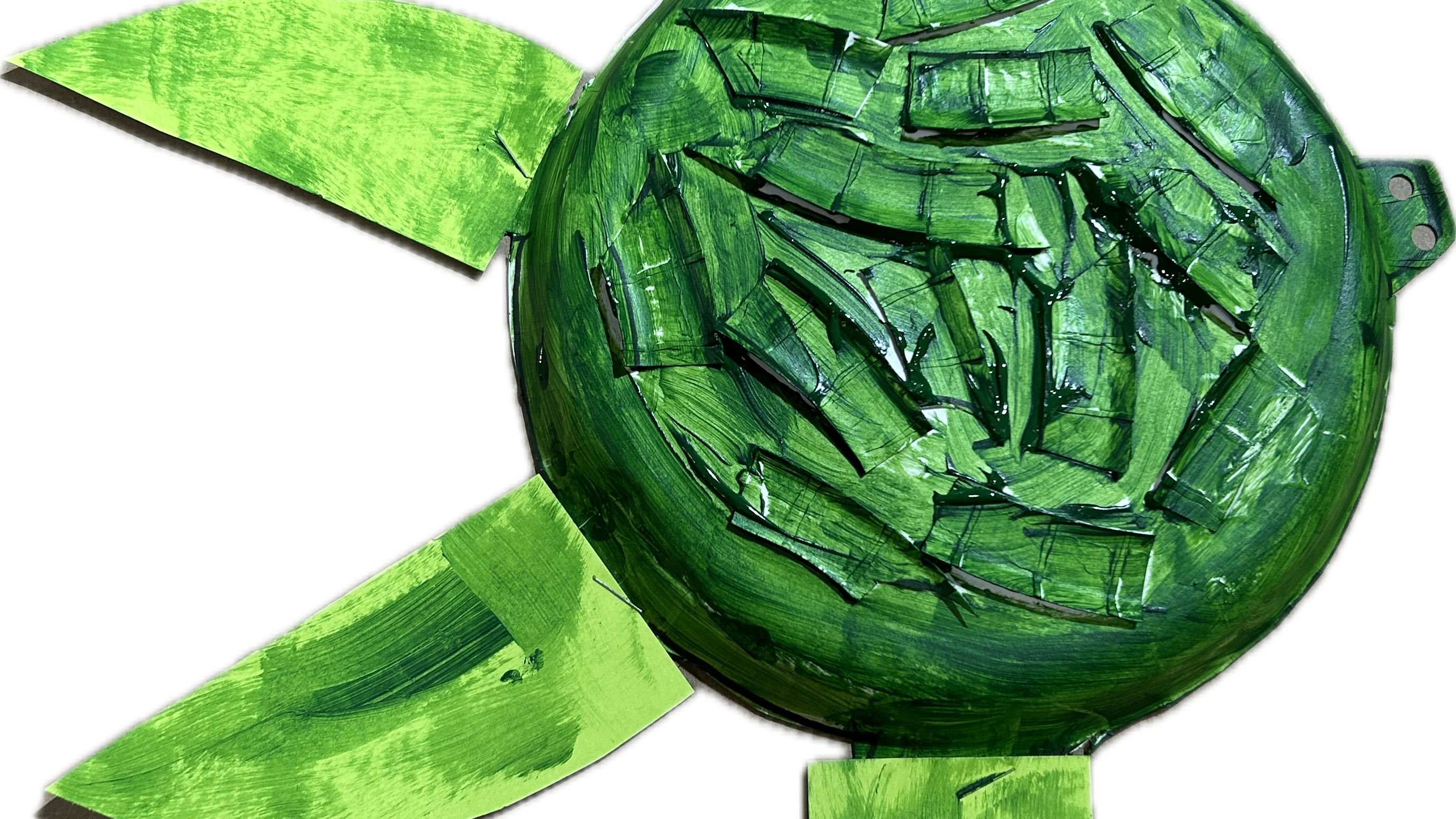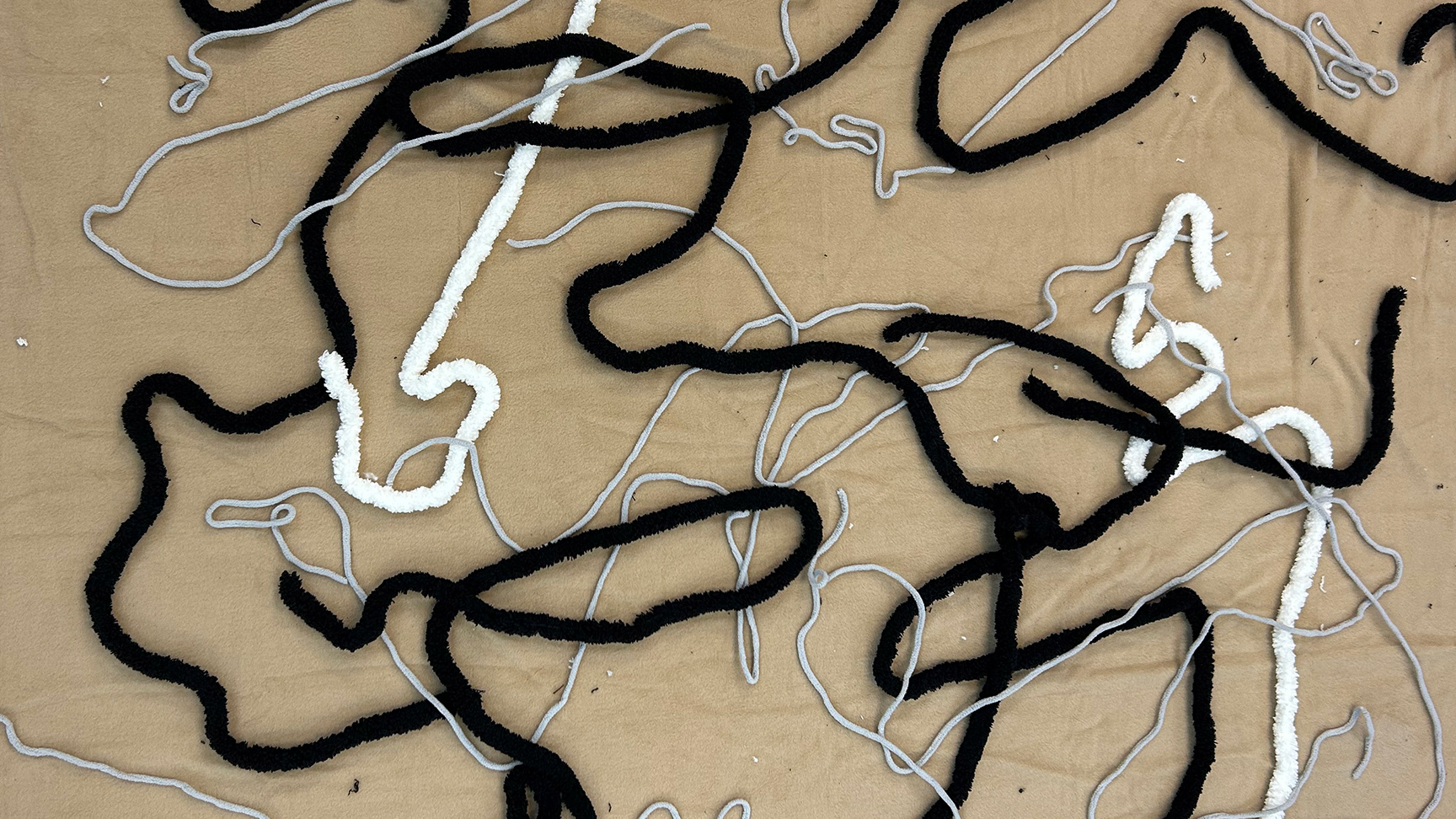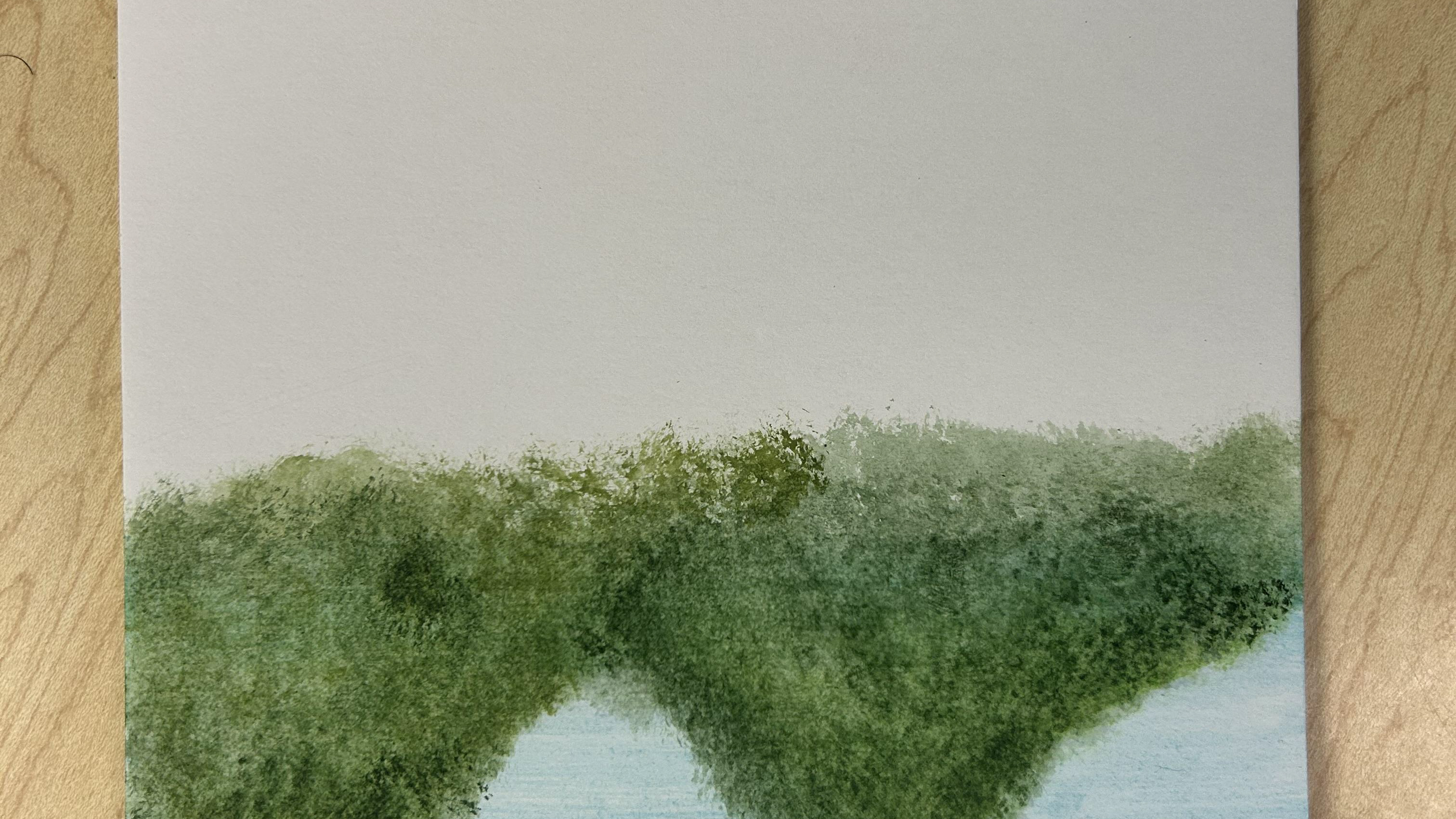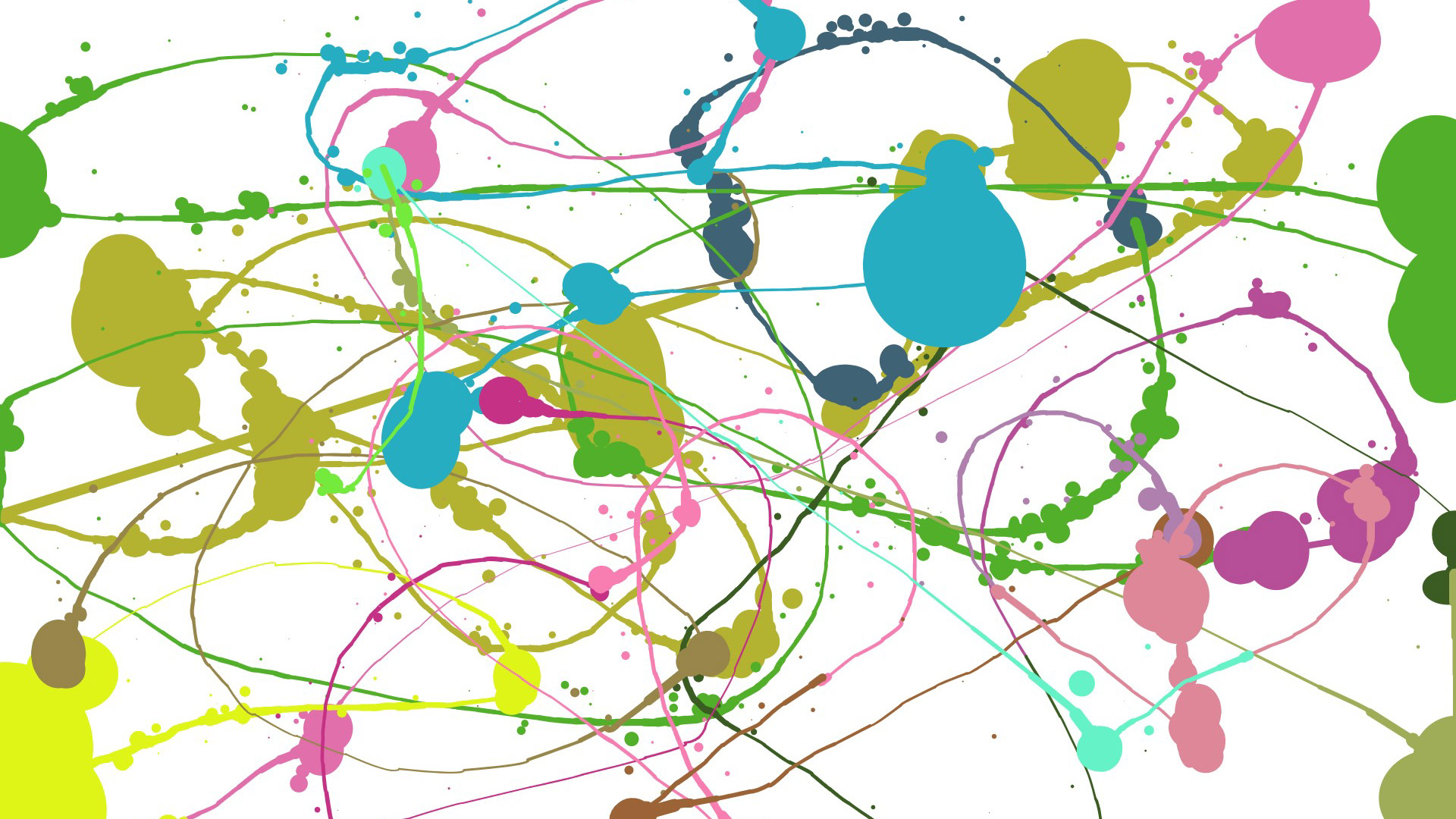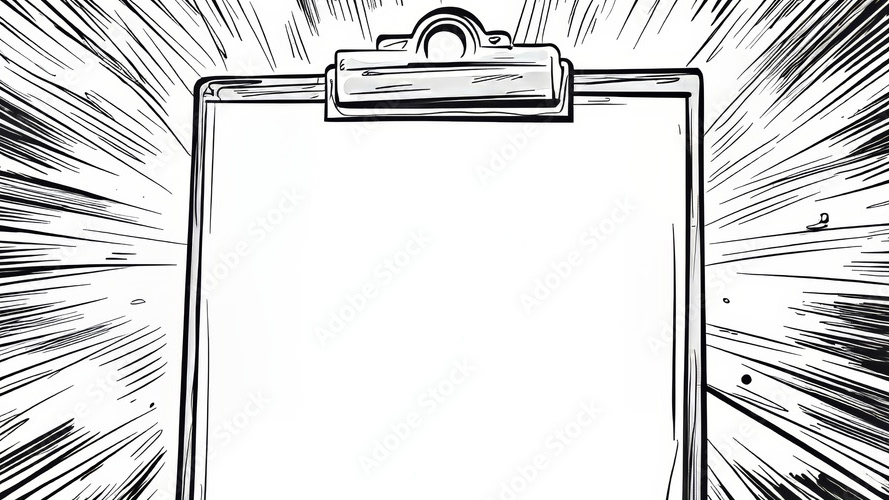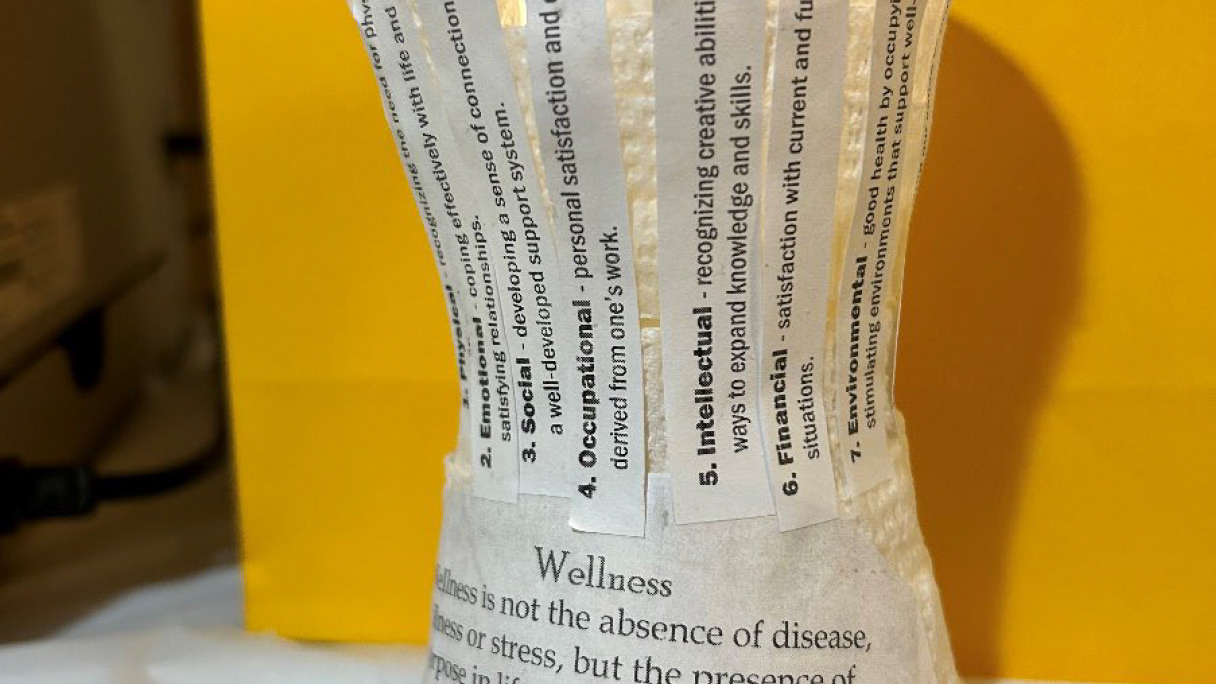Micro expressions are brief, involuntary facial expressions that occur within a fraction of a second. They often reveal a person's true emotions, which they may be trying to conceal. While there isn't an agreed-upon list of exactly seven micro expressions universally, they generally include:
1. Happiness: A fleeting smile or twinkle in the eye.
2. Sadness: Sudden downturn of the corners of the mouth or a fleeting frown.
3. Fear: Widened eyes, raised eyebrows, or a slightly open mouth.
4. Surprise: Eyebrows raised and drawn together, eyes widened, and mouth slightly open.
5. Disgust: Nose wrinkled; upper lip raised.
6. Anger: Eyebrows lowered and drawn together, eyes narrowed, lips tightened.
7. Contempt: One corner of the mouth raised slightly, often seen as a half-smile.
2. Sadness: Sudden downturn of the corners of the mouth or a fleeting frown.
3. Fear: Widened eyes, raised eyebrows, or a slightly open mouth.
4. Surprise: Eyebrows raised and drawn together, eyes widened, and mouth slightly open.
5. Disgust: Nose wrinkled; upper lip raised.
6. Anger: Eyebrows lowered and drawn together, eyes narrowed, lips tightened.
7. Contempt: One corner of the mouth raised slightly, often seen as a half-smile.
These expressions are universal across cultures to varying degrees and can provide insight into a person's true feelings, even when they are trying to mask or suppress them.
Art activity:
Materials Needed:
• Two sheets of paper (or one sheet divided into two halves)
• Magazines, newspapers, or printed images with facial parts (eyes, noses, mouths)
• Scissors
• Glue or tape
• Markers or pens (optional, for additional details)
• Two sheets of paper (or one sheet divided into two halves)
• Magazines, newspapers, or printed images with facial parts (eyes, noses, mouths)
• Scissors
• Glue or tape
• Markers or pens (optional, for additional details)
Steps:
1. Gather Facial Parts:
Look through magazines or printouts for images of eyes, noses, and mouths that capture different emotions. Choose ones that resonate with how you currently feel and how you would like to feel.
1. Gather Facial Parts:
Look through magazines or printouts for images of eyes, noses, and mouths that capture different emotions. Choose ones that resonate with how you currently feel and how you would like to feel.
2. Create the "Current Feeling" Side:
On one side of the paper, arrange the facial parts to depict your current emotions. For example, if you're feeling stressed, you might choose eyes that look tired or worried, a mouth that's slightly downturned, etc. Arrange and glue these parts onto one half of the paper.
On one side of the paper, arrange the facial parts to depict your current emotions. For example, if you're feeling stressed, you might choose eyes that look tired or worried, a mouth that's slightly downturned, etc. Arrange and glue these parts onto one half of the paper.
3. Create the "Desired Feeling" Side:
On the other side of the paper, use different facial parts to represent how you would like to feel. If you aspire to feel calm and happy, choose eyes that are bright and smiling, a relaxed mouth, etc. Arrange and glue these parts onto the other half of the paper.
On the other side of the paper, use different facial parts to represent how you would like to feel. If you aspire to feel calm and happy, choose eyes that are bright and smiling, a relaxed mouth, etc. Arrange and glue these parts onto the other half of the paper.
4. Add Additional Details (Optional):
If you like, you can use markers or pens to add more details to your collage, such as eyebrows, hair, or any other elements that enhance the expression of emotions.
If you like, you can use markers or pens to add more details to your collage, such as eyebrows, hair, or any other elements that enhance the expression of emotions.
5. Reflect and Display:
Take a moment to reflect on the collage you've created. Notice the differences between the two sides and how they represent your current and desired emotional states. Display your collage in a place where you can see it as a reminder of your emotional journey.
Take a moment to reflect on the collage you've created. Notice the differences between the two sides and how they represent your current and desired emotional states. Display your collage in a place where you can see it as a reminder of your emotional journey.
This art activity not only allows you to express your emotions creatively but also encourages reflection and visualization of how you want to feel, which can be a powerful tool for emotional awareness and self-expression.
